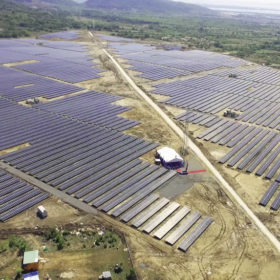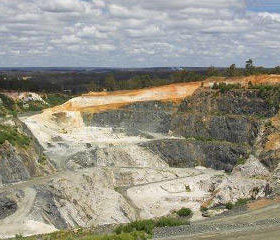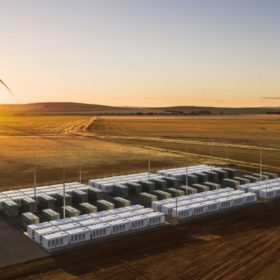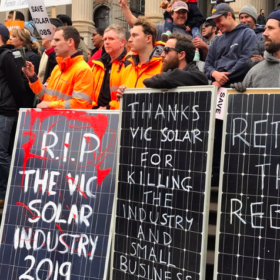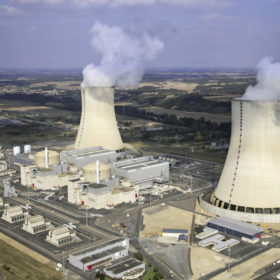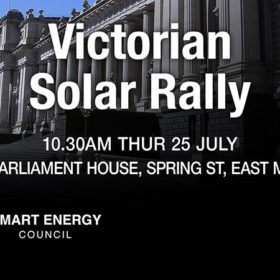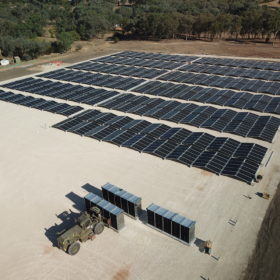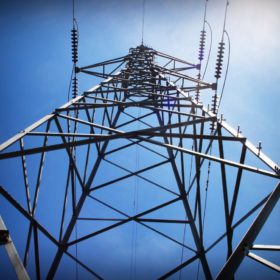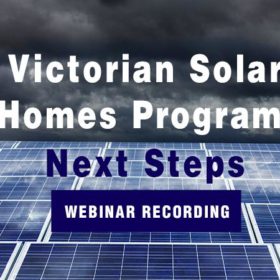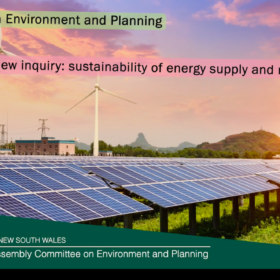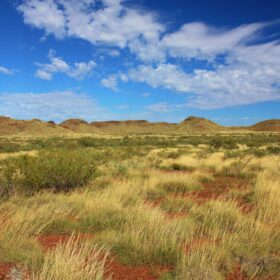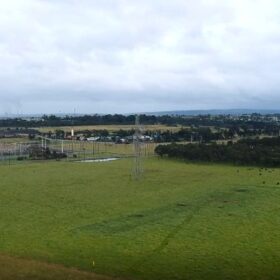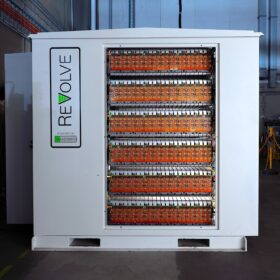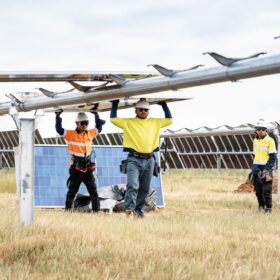India leads with cheapest renewable power in Asia Pacific, followed by Australia
The cost of solar power generation in India has fallen to half the level seen in many other markets in the region due to extensive solar resource, market scale and competition. In Australia, solar is expected to break through the coal-fired electricity price barrier next year, when its cost falls to US$48/MWh, WoodMac finds.
Lithium oversupply hurts Australian miners
With miners around globe stepping up their production capacities to cater to the demand of the electro-mobility and energy storage sectors, supply has outpaced demand leading to a steep decline in lithium prices. Amid slowing growth in China, a number of Australian lithium miners are hurting.
New renewable energy planning policies for South Australia proposed
As it transitions from a wind-dominated renewable energy mix to include a wider range of energy options such as large-scale PV, pumped hydro and battery storage projects, South Australia is considering new planning policies.
Hundreds of installers rally on steps of Victorian Parliament to urge Solar Homes rethink
The Smart Energy Council and Solar Cutters assembled a group of installers to send the message that the Solar Homes rebate scheme is damaging the Victorian solar sector today. The rally was also supported by the Clean Energy Council (CEC), which has called for the Solar Homes rebate to be reduced, and the monthly installation cap ended.
Nuclear: A poor investment strategy for clean energy
Study claims that investment in a new 1GW nuclear power plant leads to average losses of approximately 4.8 billion euros. It further argues that the technology’s dangerous radioactivity emissions and proliferation risks do not qualify it as a ‘clean’ energy solution to be considered for addressing climate change. Yet still, governments are incorporating the technology into clean energy plans around the world.
Victorian Solar Rally to take place on the steps of parliament this Thursday
The Smart Energy Council (SEC) promised action, and it isn’t bluffing. This Thursday, 25 July at 10:30am the Victorian solar community will rally on the steps of Victoria Parliament House. “The Victorian Government Don’t Get It!” goes the cry as solar workers lose their jobs and companies close in the aftermath of the Victorian Government’s Solar Homes Program, a sad lesson in the law of unintended consequences.
Australia-Singapore power link, world’s biggest solar+storage project get government backing
The Northern Territory has given major project status to an ambitious plan to develop a 10 GW solar farm coupled with a 20-30 GWh storage facility near Tennant Creek and export solar power harvested in the Australian desert to Singapore via subsea cables.
Western Victoria’s network upgrade to unlock up to 6 GW of new wind and solar farms
The Australian Energy Market Operator (AEMO) has laid out a $370 million plan for network upgrades in Western Victoria which would deliver almost double the benefit to both energy consumers and energy producers. However, the proposal has provoked federal Energy Minister Angus Taylor’s attack on the state’s renewable energy target.
SEC warns of installer “bloodbath” if Victorian Solar Homes Program remains unchanged
The fallout of Victoria’s Solar Homes Program is verging on a “bloodbath” in the words of the Smart Energy Council (SEC) CEO John Grimes, who spoke at length in a SEC Webinar featuring over 200 Victorian solar industry actors about the adverse impacts of the program for both the industry and consumers. The SEC is now readying for action.
NSW Parliament launch inquiry into the sustainability of its energy future
The New South Wales Legislative Assembly’s Committee on Environment and Planning has launched an inquiry into the future sustainability of the state’s energy supply and resources. The question being asked: “What does the future of energy look like in NSW?”
